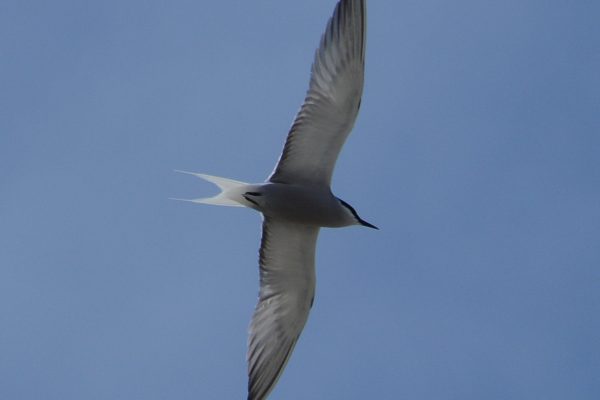Artificial Intelligence/Machine Learning
Home » Our Services » Technology » Artificial Intelligence/Machine Learning
We have a unique set of skills applying machine learning and artificial intelligence to clients’ natural resource questions. WEST has a large staff of statisticians, computer coders, database experts and administrators, and biologists who collectively can design studies and collect necessary data, manage large datasets, and develop machine learning neural networks as well as application-specific software solutions.
Automated Wildlife Detection and Remote Sensing
- Many wildlife species are cryptic by nature. While keeping a low profile can help wildlife avoid potential predators, this also makes it difficult for field biologists to monitor wildlife populations. Monitoring wildlife populations or their habitat conditions in person often requires repeated visits to multiple sites covering large study areas, imposing cost and logistical constraints on monitoring efforts. WEST scientists are active in pioneering new methods to detect and monitor wildlife and aspects of their environment using remote cameras, aerial or satellite imagery, environmental DNA, drones, passive acoustic recorders, and other field-deployed sensors. These solutions can increase the amount of information wildlife managers can gain with limited budgets and often shed light on previously unobserved or unobservable biological phenomena.
- Pattern-driven recognition is one of the most innovative and disruptive technologies of the last 20 years. While most pattern recognition tasks entail some element of human activity, WEST is one of the first firms to recognize the amazing utility of these technologies in wildlife applications. WEST is truly a worldwide leader in customizing neural network architectures to detectors and classifying wildlife in still and video photography.
Machine Learning Applications Experience
- Dolphin Identification From Fin Characteristics
- Bird and Bat Carcass Detection at Renewable Projects Using Drones and Machine Learning
- Surveys Using Drones and Infrared Cameras
- Bird and Bat Collision Detection System for Offshore Wind Energy
- Sagebrush Cover Modeling
- Smart Curtailment Algorithms for Reducing Bat Mortality
- Multi-Use Unmanned Aerial Systems Surveys for Environmental Compliance at Solar Projects
- Environmental eDNA Applications
- Sampling Design and Data Collection Protocol Development
- Biological Data Collection
- Machine Learning Classification System Development and Coding
- Software Application Development
Publications
Automated classification of bat echolocation call recordings with artificial intelligence
Michael A. Tabak, Kevin L. Murray, A. M. Reed, J. A. Lombardi, and Kimberly J. Bay
2021
Remote Sensing of White-Tailed Prairie Dogs in the Pinedale Anticline Project Area Using Aerial Imagery and Artificial Intelligence
Jason D. Carlisle, Joel Thompson, Terri Harvey, Kristen Klaphake, Ryan Anderson, Chad W. LeBeau, and T. L. McDonald
2020
Effects of tones associated with drilling activities on bowhead whale calling rates
S. B. Blackwell, C. S. Nations, A. M. Thode, Mandy E. Kauffman, A. S. Conrad, and R. G. Norman
2017

